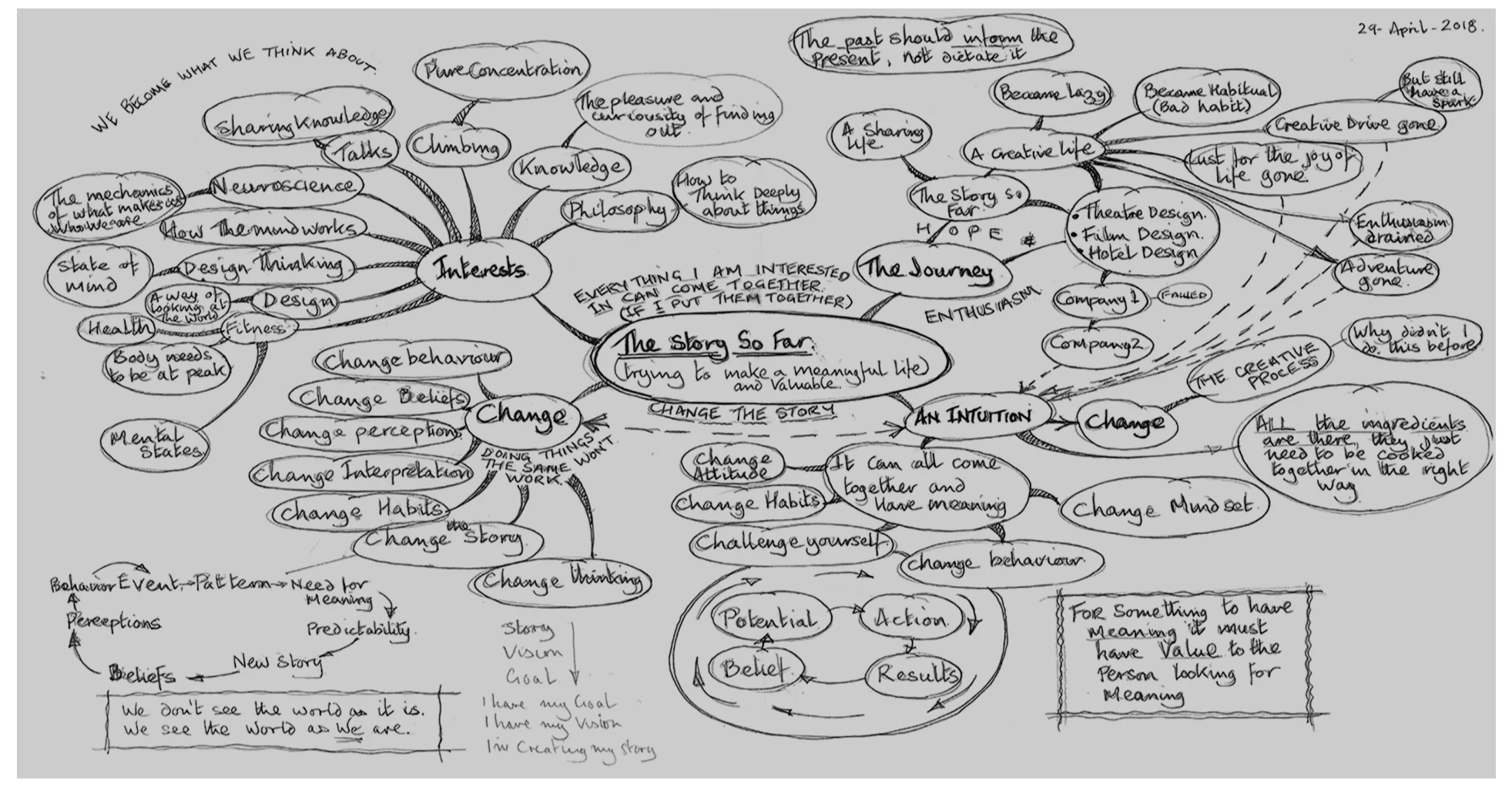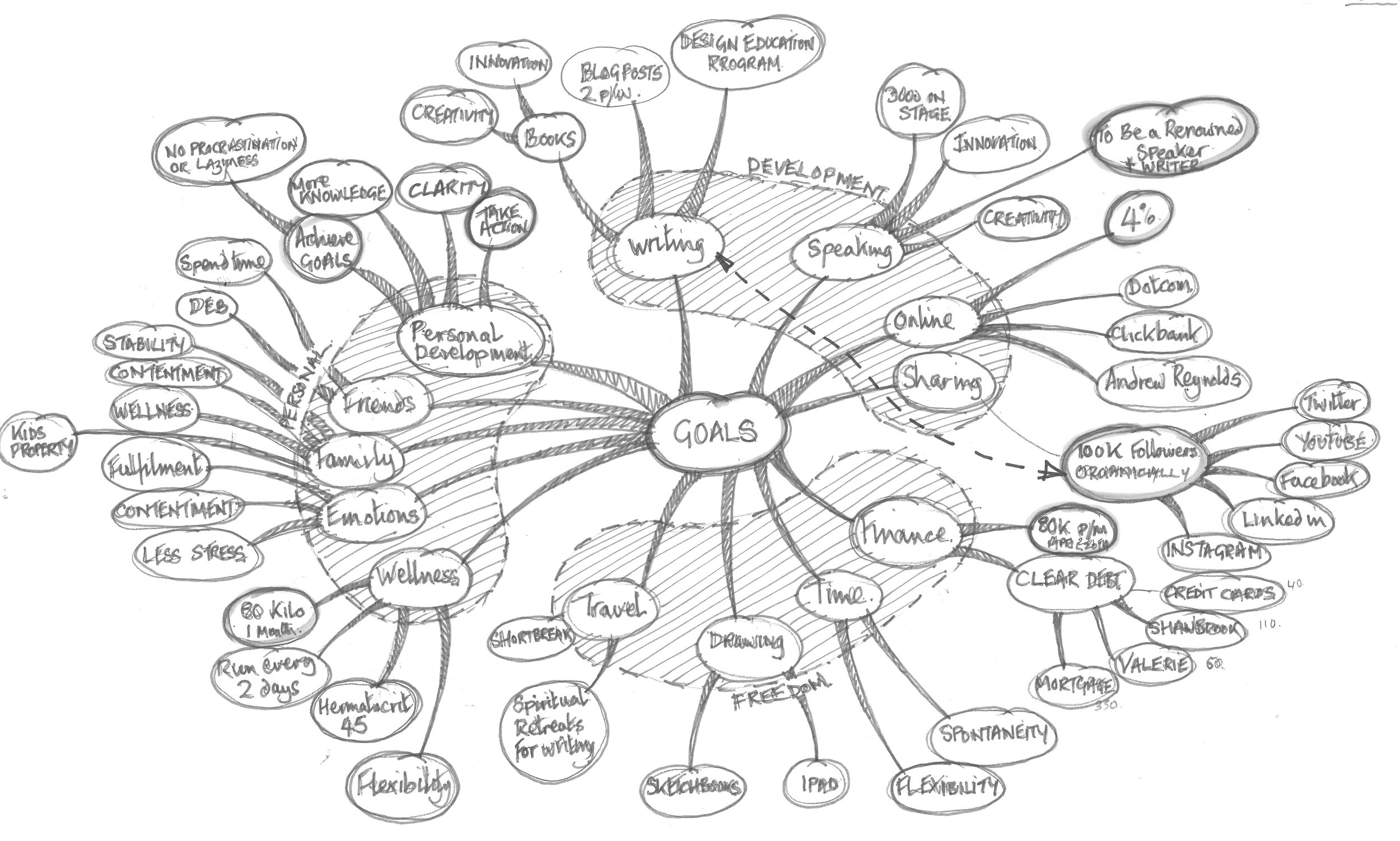7 Ways To Think Differently
& 3 More
I just love the simplicity and effectiveness of this technique from Thinkpak by Michael Michalko it’s a great way to break through a creative block.
In order to think creatively you have to break out of your habitual way of thinking and produce a wide variety of fresh thoughts that lead to new insights, original ideas, and creative solutions to problems….
Everything new is just an addition to or a modification of something that already exists. Whenever you want to create a new idea, product, service process, breakthrough, or whatever you need, Thinkpak will help you take your subject and change it into something else. Alex Osborne, (who invented the term “Brainstorming) was a pioneer teacher of creativity, first identified the nine principle ways of manipulating a subject. They were later arranged by Bob Eberle into the mnemonic SCAMPER:
SUBSTITUTE SOMETHING.
Replace one part of the problem / object with something else
COMBINE IT WITH SOMETHING ELSE.
Re-combine the object with another (associative thinking)
ADAPT SOMETHING TO IT.
Find something with a different use and adapt to the problem / object
MODIFY OR MAGNIFY IT.
Change the object / problem to a different scale.
PUT IT TO SOME OTHER USE
Put the object / problem in a different situation and different use.
ELIMINATE SOMETHING.
Take something away from the problem / object. (Deconstruction)
REVERSE OR REARRANGE IT.
Flip the problem, look at it from the opposite angle.
This is not so different from David Eagleman’s “The Runaway Species”. where he deconstructs creative thinking into 3 categories.
Bend it.
Blending is a distortion of the problem in order to create a new view of a familiar object / problem
Break it.
Breaking is basically, deconstruction. reducing something to it’s components, using what you really need
Blend it.
Blending is amalgamation and association of ideas or concepts.
Both views, Eberl and Eagleman point to the playfulness and relaxed state of mind needed for creativity to happen. All the different techniques involve being able to get yourself into a state of mind, whether on your own or as a group of suspension of judgement, and tolerance of mistakes and failure. One of the key factors for the creative state of mind is to feel that all ideas, no matter how far out, are valid.
In the early stages of the creative process it is very important to generate a quantity of ideas. Quantity really matter at this stage. Evaluation and selection can follow and can discard ideas which are not wholly relevant to solving the problem.
It is essential to get clarity on defining exactly what the problem to be solved actually is. If you say “I want to create more sales” you must challenge exactly what that means. It’s worth asking the question “Why?” and to repeatedly ask the question “why?” until you are clear as to the underlying reasons and the over-arching goal. Defining the problem to be solved is one of the most important stages in generating new, creative approaches to a problem.

